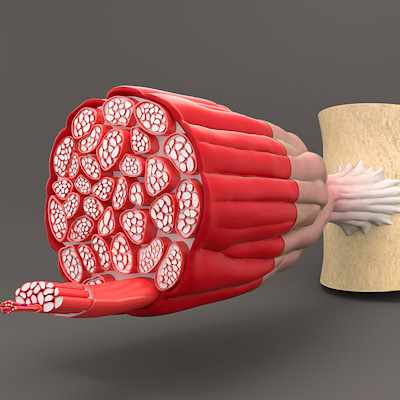December 1, 2022 -- Forsyth Institute researchers have discovered two breakthrough mechanisms that could generate cartilage cells, which have regenerative medicine implications for cartilage injuries and degeneration treatments.
Using the multifaced protein called β-catenin, the scientists found that it acts as a cell adhesion molecule to facilitate cell-cell interaction (Science Advances, November 30, 2022). They also discovered the gene regulator responsible for skeletal cell fate switching.
Previous research pointed toward the Wnt signal transduction pathway as the determinant of whether a cell becomes bone or cartilage. However, the master factor transducing the Wnt signals is β-catenin.
In the current study, when β-catenin was only partially impaired for signaling, the cells were unable to form bone or cartilage. Also, the team found GATA 3, an alternative action of β-catenin, is responsible for skeletal cell fate switching.
GATA3 is a single gene regulator that turns on cartilage-specific gene expression in cells. GATA3 binds to the genome sequences required for the reprogramming and it could be used to potentially change any somatic cell to become a cartilage-forming cell. The process is similar to using four stem cell factors to generate the embryonic stem cell-like cells called induced pluripotent stem cells, the scientists said.
Cells could be directed to become bone, cartilage, or fat and this opens new avenues for scientists to explore as well as potential treatment opportunities, the researchers added.
Copyright © 2022 scienceboard.net










